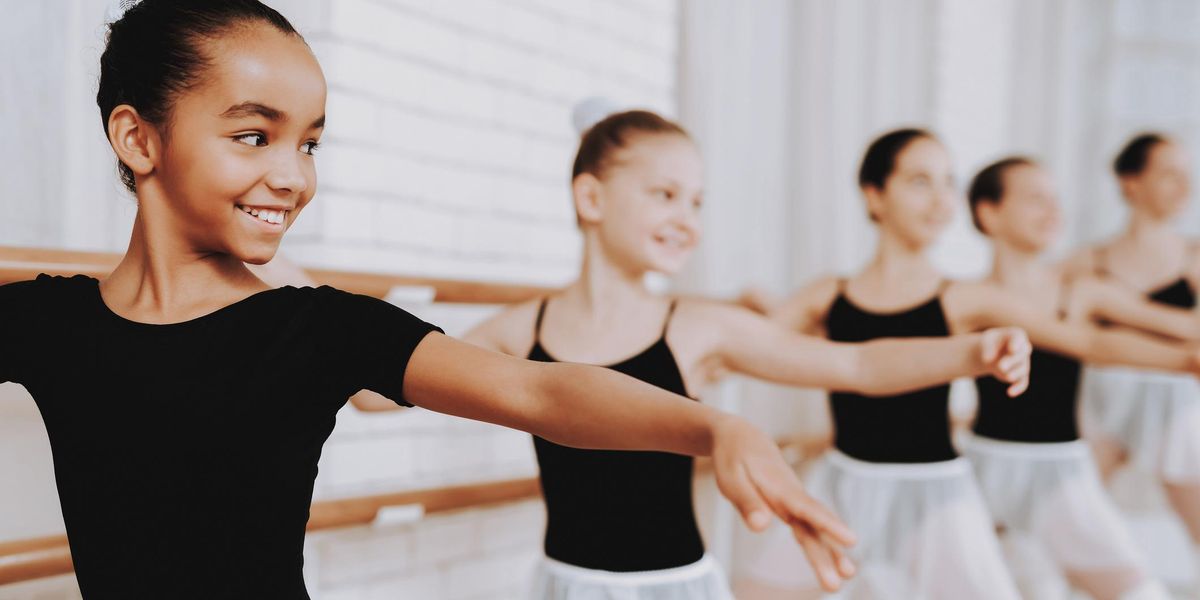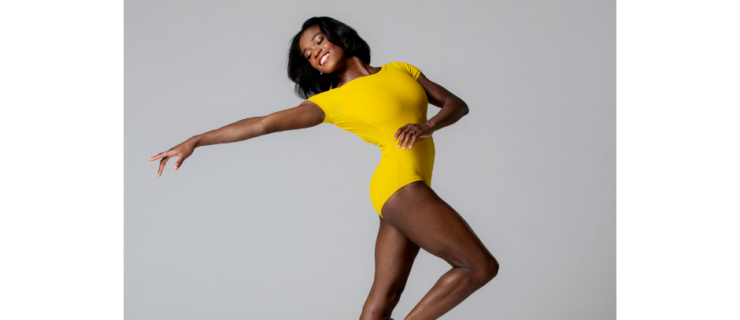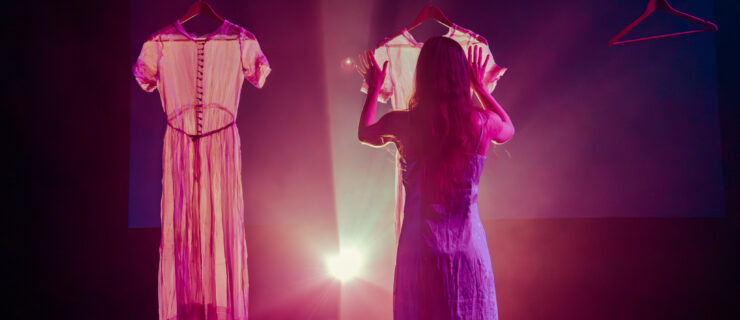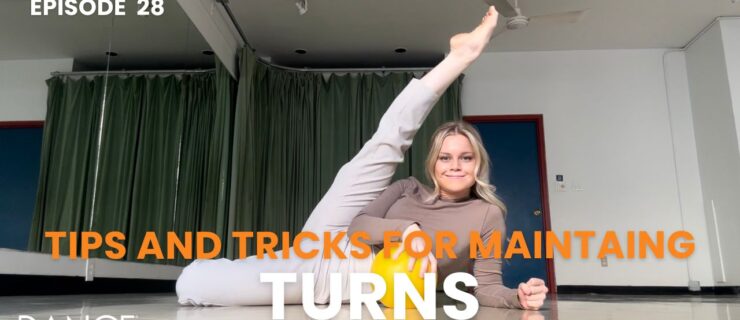Dance Schools Are Updating Their Dress Codes to Become More Inclusive
Catalyzed by the national reckoning on racial injustice last summer, much of the dance world began to ponder some tough questions, one being: “Who does traditional dancewear leave out?”
Brands heard the growing calls for a greater range of options and have begun producing and promoting new lines of flesh-tone shoes and tights. Meanwhile, dance schools working to become more inclusive have realized their dress codes—particularly for ballet classes, which have traditionally mandated pink tights and shoes designed to complement white dancers’ lines—are an obvious place to start.
A Wake-up Call
Like many, Darla Hoover, artistic director of Central Pennsylvania Youth Ballet and Ballet Academy East’s pre-professional division, calls the death of George Floyd “an awakening.” “We realized that those of us who consider ourselves anti-racist need to do more,” she says.
Both Hoover and Allie Beach, the director of youth programming at Broadway Dance Center, say changing their dress codes to allow flesh-tone dancewear a year ago was an immediate and easy adjustment to make, and they regret not seeing the need earlier.
“Honestly, it’s just something we should have done a long, long time ago and didn’t because we just stayed with that colonial idea that pink is the standard,” says Beach.
Outdated practices are often excused as part of the art form’s long history. Beach says it’s time to challenge those archaic traditions. “It’s a white-supremacist ideal tied back to when Black and brown people were not represented in the ballet world,” she says.
Of course, the need for inclusive dancewear options isn’t a new conversation. Dance Theatre of Harlem first debuted flesh-tone tights and shoes in 1974. As conversations about racial equity have grown in recent years, more organizations have followed suit. Boston Ballet School, for instance, has allowed flesh-tone shoes and tights since May 2019.
Other schools are now attempting to move at a pace best suited to their students’ needs. At Indiana University’s Jacobs School of Music, all dancewear for performance will transition from historical pink to flesh tones at the start of the fall 2021 semester to give students time to purchase new items.
The Impact of Inclusive Dress Codes
Beach says she not only hopes the new dress code allows students to wear what authentically represents them, but that the change has broader implications: “We have a heavy responsibility in cultivating these kids and the types of human beings that they are, not just teaching them dance.”
At the Center of Creative Arts in St. Louis, Missouri, co-artistic director of dance Kirven Douthit-Boyd says the department made it mandatory for its 14- to 18-year-old advanced dancers to wear flesh-tone tights and shoes in classes and performances in 2018.
“What was most gratifying when we made the shift was seeing how they looked and how it made them feel,” says Douthit-Boyd. “To see the continuation of the line and clarity of form on their Black and brown bodies was almost like them looking at a new person.”
Douthit-Boyd says the shift is a large one for his school’s community and he didn’t want to “rip the Band-Aid off.” So the older dancers serve as an example while the younger students gradually understand and become accustomed to skin-tone dancewear, before COCA implements the same policy in its lower levels.
Embracing Gender Inclusivity
Meanwhile, in support of their LGBTQ+ students, some schools are updating their dress codes and class terminology to be more gender-inclusive.
Juilliard’s dance division simply asks that dancers wear formfitting clothes and makes no distinction in dancewear between genders. Director of dance Alicia Graf Mack says ballet classes are historically gendered, but there are ways to challenge this norm. Alongside a growing number of schools, Juilliard no longer uses the term “men’s class” and instead offers an “allegro class” to all students. Pointe classes are open to all dancers.
The University of Southern California Glorya Kaufman School of Dance made similar changes after one of its nonbinary students suggested a gender-neutral dress code and classes based on technical focus rather than gender.
“We do not want to be this ivory tower that doesn’t change with the times and is not open to understanding the multitude of people and identities that exist,” Mack says.
The Way Forward
While dress-code changes can serve as a starting point, school directors acknowledge there is more work to be done. Hoover says her next mission is making dance training accessible to young dancers from all backgrounds. “It has to start in the beginning,” she says, “so we can develop more dancers in the first place to be hired into companies who will then move on to be teachers and directors.”




